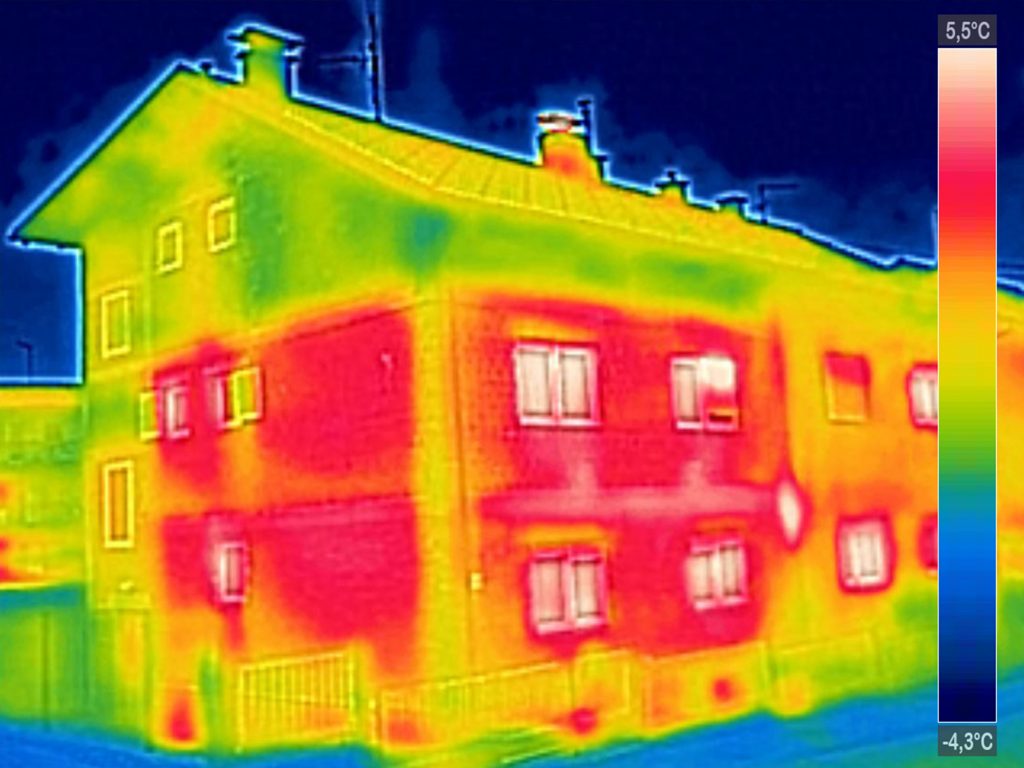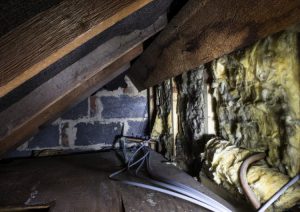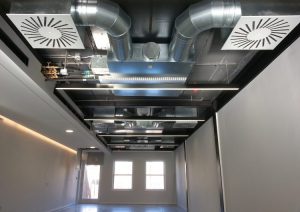An insulated house conserves lots of energy and ultimately saves homeowners a great deal in utility bills. Sadly, most homeowners only consider insulating their houses close to winter but in reality, insulation has more to offer than a warm house.
Proper insulation enhances comfort, reduces noise pollution and also increases the value of your home. You may assume your home is properly insulated but have you covered these 5 areas? Here are the top 5 places you may have overlooked.
Crawl Spaces
Crawl spaces are so easy to forget especially since they aren’t in constant use. Whether your crawl spaces are vented or unvented,1 it is always a smart move to have them insulated.
For unvented crawl spaces, consider insulating the surrounding walls as opposed to the subfloor. This is not only efficient but also effective as it protects and eliminates the need to separately insulate the pipes and ducts.
Basement
You are probably wondering why you have to insulate the basement and the most straightforward answer is that it increases the energy efficiency of your home. The bonus benefit would be that an insulated basement makes all the difference when you need to turn it into a living space.
Walls Between Living Spaces
Temperature fluctuations around rooms are normal. To reduce the amount of energy required to heat or cool living spaces, ensure that you add insulation to the walls between living spaces.
Wall insulation also reduces the amount of noise being transported between rooms, enhancing the occupants’ privacy.
Floors
It’s hard to believe that you also have to insulate the floor but it is important especially for floors that are above unheated areas like the basement or garage. You will be surprised at how big of an impact minor heat loss can have on the overall efficiency of your home.
For flooring, you should consider batt insulation or blow-in insulation to help preserve the hot and cool air from your air conditioning unit.2 Insulating floors also helps in noise reduction in houses that have more than one story.
Cathedral Ceiling
Homes with cathedral ceilings have an irresistible vintage feel. However, few homeowners remember to insulate the space between the ceiling and the home deck. A properly insulated cathedral ceiling allows your home’s temperatures to be evenly distributed.
For this type of insulation, you should consider using foil-faced batt insulation or rigid foam insulation. Since these types of ceilings have isolated airspaces, they are more likely to be affected by moisture damage and should be vented.
Are These Areas on Your Home Insulation Checklist?
When homeowners decide to insulate their houses, the top places on their list are usually the attic, ductwork, and drafty areas. Ensure that you remember to insulate the basement, cathedral ceiling, walls, floors, and crawl spaces for maximum efficiency.
Links to sources used.:
- Comparative Study of Vented vs. Unvented Crawlspaces in Identical Side-by-Side Homes in the Mixed Humid Climate – https://info.ornl.gov/sites/publications/files/Pub33059.pdf
- Types of Insulation | Department of Energy – https://www.energy.gov/energysaver/weatherize/insulation/types-insulation




